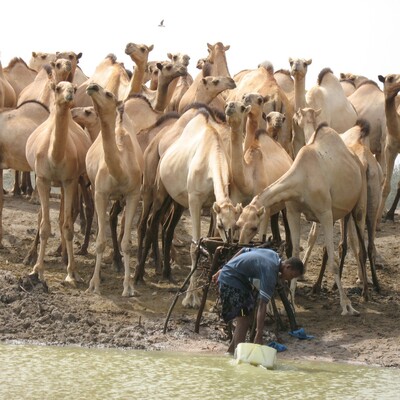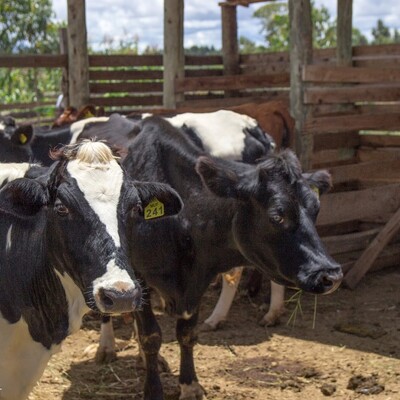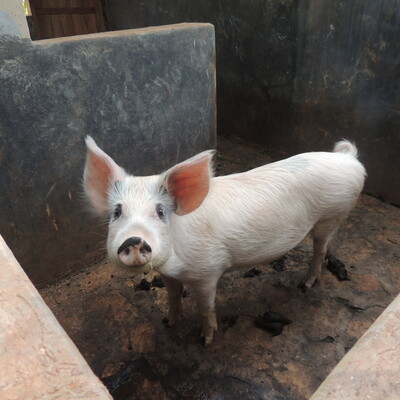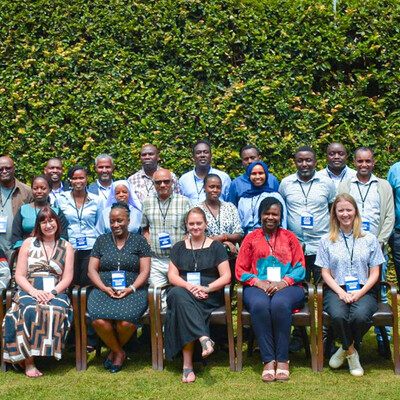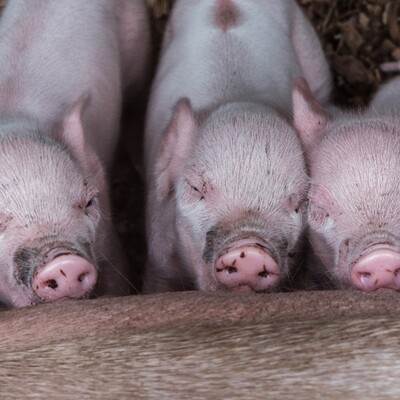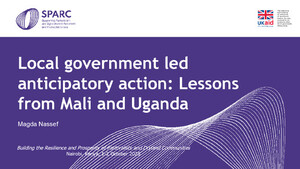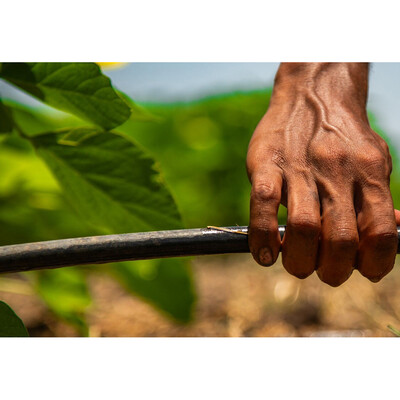
Uganda

The livestock challenge in Uganda
Uganda’s livestock sector accounts for about 17% of agricultural value added and 4.3 percent of gross domestic product (GDP). Fifty-eight percent of households depend on livestock for their livelihoods. Most of them are subsistence-oriented smallholders (FAO 2019). Uganda has 14.5 million cattle, 17.4 million goats, 4.4 million sheep, 57.8 million poultry and 7.1 million pigs (UBOS 2021).
Demand for animal sourced foods is on the rise with market transactions largely in urban areas as self-consumption is dominant in the rural areas. However, production and productivity remain low and farmers continue to get low prices for their products. This is attributed to poor quality and shortage of feed especially during the dry seasons, livestock pests and diseases, poor genetics, environmental and climatic changes, and limited access to knowledge and advisory services.
ILRI Staff
ILRI Ugada has also established strong research and development (R4D) partnerships involving collaboration with local governments of Masaka, Mukono, Mpigi and Wakiso, feed producers, farmer cooperatives and unions, breeders, public institutions, Agricultural input and service providers, local governments, universities, development partners and the private sector, fostering contractual and participatory relationships.
You may also like
Related Publications
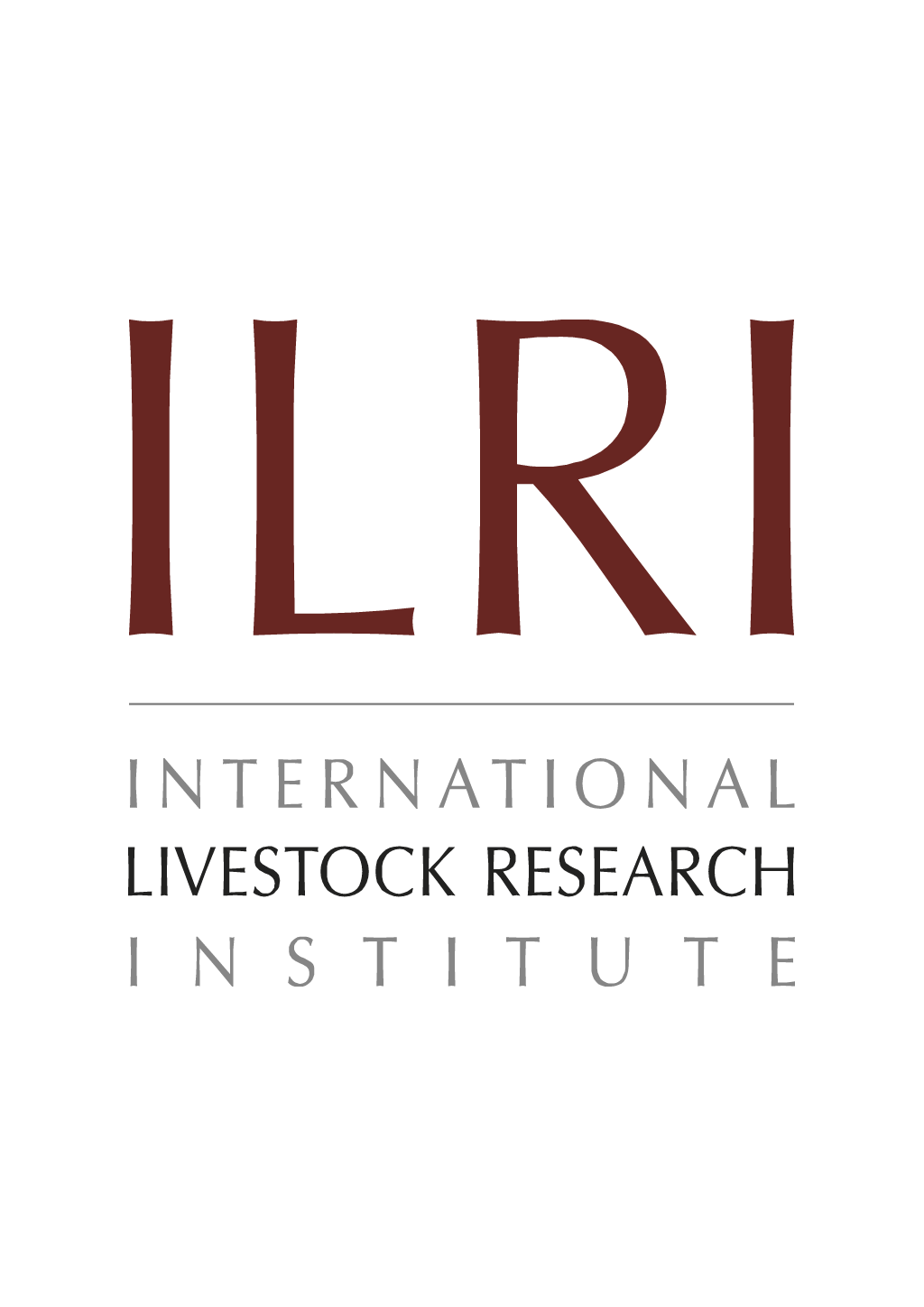
Why are toilets not used? Using system effects modelling to understand stakeholder perceptions on the impacts and barriers to Taenia solium control in Eastern and Western Uganda

Drama-based mobile phone-delivered virtual learning as a way to support improved biosecurity in smallholder pig farming
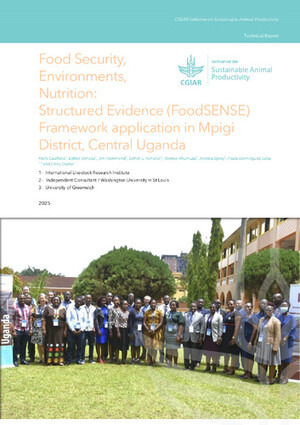
Food Security, Environments, Nutrition: Structured Evidence (FoodSENSE) Framework application in Mpigi District, Central Uganda



